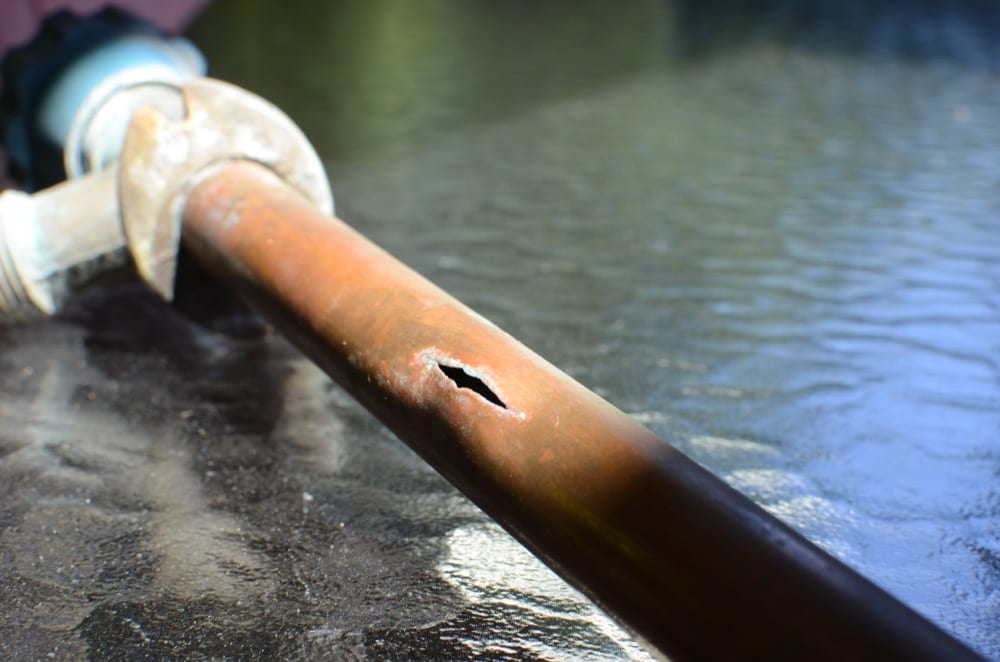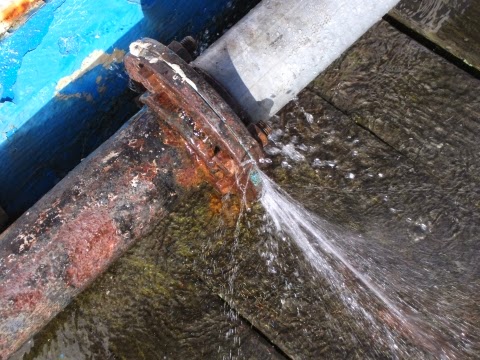What to Understand About Septic Tank Maintenance for Homeowners
What to Understand About Septic Tank Maintenance for Homeowners
Blog Article
Everybody may have his or her own piece of advice about Water Damage: Tips On What To Do When Your House Is Flooded.

What should you do if a water pipeline ruptureds in your home? The longer you wait, the a lot more serious the damage that can happen to your building. For these factors, you need to discover how to act in the occasion of a ruptured water pipe.
Shut Off the Key Waterline Shutoff
The first thing to do? Shut the shut-off valve. Look for the neighborhood shut-off shutoff to shut off the water in one specific location just. If you do not recognize where the local shut-off shutoff is, opt for the main water line shutoff as well as turn it off. This action will cut off the water quickly in your whole house. Generally, the primary valve is located outside the house next to the water meter. If it's not there, you can additionally discover it in 2 locations: in the basement at eye degree or the 1st flooring on the ground. Commonly, home builders placed the shut-off shutoff in the main ground degree restroom or appropriate beside it.
Call Water Damages Restoration Pros for Assistance
After closing the water source, call the experts for aid. Due to the fact that the pipes required to be fixed and also there is a need to attend to the other damages to your building, this situation is not something you can do some Do it yourself. Look for help from a respectable firm supplying 24/7 emergency services if you can not cope. With their specialist aid, you can avoid much bigger water damages including distorted walls, loosened tiles, or damaged frameworks. Do not take this trouble lightly as well as look for specialist guidance for your complete comfort as well as a qualified solution.
Record the Damage For Insurance policy
While you're waiting for the pros to arrive, obtain some paperwork of the damages brought on by the wayward pipeline. Take images and videos of everything. Do close-up shots of the damaged areas and valuables. Your documentation will certainly act as proof for your house owner's insurance coverage. Keeping aggressive with this situation helps you to file a claim for protection, which will even more support you and your family to get back on your feet.
Salvage Things That Can Be Conserved
Analyze the harmed things and also take out the most essential ones from the stack once you're done taking images. Dry them off in a dry/warm area away from the damaged area as well as try to preserve them as high as you can. Drag as much wetness as you can to the material so it can begin to dry.
Beginning the Drying Process
The good news is, the water from your waterlines is already clean so you do not have to stress about sewage system water. The flowing water might have disturbed the dust and also debris in your rugs and floorboards. Blot out as much water as you can from the surfaces with old towels.
Experts are the only individuals qualified to examine appropriately and take care of the burs pipelines and succeeding damage. As constantly, pipelines don't just unexpectedly burst out of the blue. They usually provide quiet red flags like bubbling paint, water spots. Strange sounds in the plumbing, caving ceiling, stuffy odor, or peeling wallpaper. Take note of these indications as well as do some safety nets so you can nip any problems in the bud.
What should you do if a water pipeline bursts in your home? For these factors, you require to find out how to act in the occasion of a ruptured water pipeline. After closing the water source, call the professionals for assistance. With their professional assistance, you can stop a lot bigger water damages consisting of deformed walls, loosened floor tiles, or damaged structures. Thankfully, the water from your waterlines is already clean so you don't have to worry about drain water.
How to Handle a Burst Pipe and Minimize Damage
Steps to Take Ahead of Time
If you own property in an area that experiences cold weather, you need to be aware of seasonal maintenance tasks that will help you protect your property as the weather changes each year. One of the most important steps is to winterize your pipes to ensure they won't freeze or burst when the temperature drops. This includes action items like insulating any exposed pipes, detaching garden hoses and covering outdoor faucets. If the weather gets cold enough, you may even consider leaving a faucet dripping or opening cabinet doors during the coldest parts of the day.
No matter how prepared you might be, accidents and emergencies still happen. You'd be wise to set up a savings account specifically for your property so you have a "rainy day" fund set aside for unexpected expenses. All homes—regardless of age, location or condition—will inevitably need some form of emergency repair.
Steps to Take for Frozen Pipes
A frozen pipe will not necessarily burst, so if you can catch a frozen pipe early on, you could save yourself a major headache. When your area experiences frigid temperatures, be sure to check your plumbing and keep an eye out for warning signs like faucets only releasing small amounts of water or toilets not refilling when flushed. If you do run into one of these issues, you're likely dealing with a frozen pipe.
If this happens, your first step should be to cut off the water supply to that section of the plumbing. Expanding and freezing water can quickly cause damage. Even if the water supply is shut off, you will likely still deal with some leaking from the water that defrosts after the pipe has thawed. Be prepared with a mop, bucket and/or towels to quickly soak up any excess water.
In order to thaw a frozen pipe, you can use a space heater, infrared or incandescent heat lamp, or even a hairdryer to warm up the frozen area. Heat tape is also an option and should be used according to manufacturer instructions. Do not use any sort of open flame to thaw frozen pipes, as it poses a major fire hazard and can damage your pipes further.
Steps to Take for a Burst Pipe
Water damage claims are the second most common insurance claim in the U.S. When you're dealing with a frozen pipe, the water continues to expand as it freezes, which creates pressure that can cause a pipe to burst. When this happens, the crack or leak in the pipe allows water flow from the pipe to enter your home where it shouldn't. If a pipe does burst, you need to act quickly to mitigate property damage and repair cost.
Your very first step should be to shut off your main water supply to minimize flooding—typically the most expensive damage to address. Once you've shut off the water supply, make sure you identify the entire area that has been impacted by the leak. Remove as much water as possible—as quickly as possible—using a mop, sponges, towels or a shop vacuum or wet/dry vacuum. To prevent long-term damage due to moisture build-up, run a dehumidifier or fan in the affected area. Contact a licensed plumber to ensure the pipe is correctly repaired before running any water to that section of the home again. Burst pipes and the associated water damage are something you absolutely want to avoid as a property owner. If you've had to learn your lesson the hard way, don't let yourself get caught in a similar situation during the next spell of cold weather. The best way to deal with frozen or burst pipes is to prevent them in the first place—proactive winter maintenance will save you time, money and a whole lot of stress.

As a serious person who reads about The Do’s And Don’ts After Water Damage, I think sharing that piece of content was really helpful. Sharing is good. You never know, you may very well be helping someone out. Thank-you for your time spent reading it.
Report this page